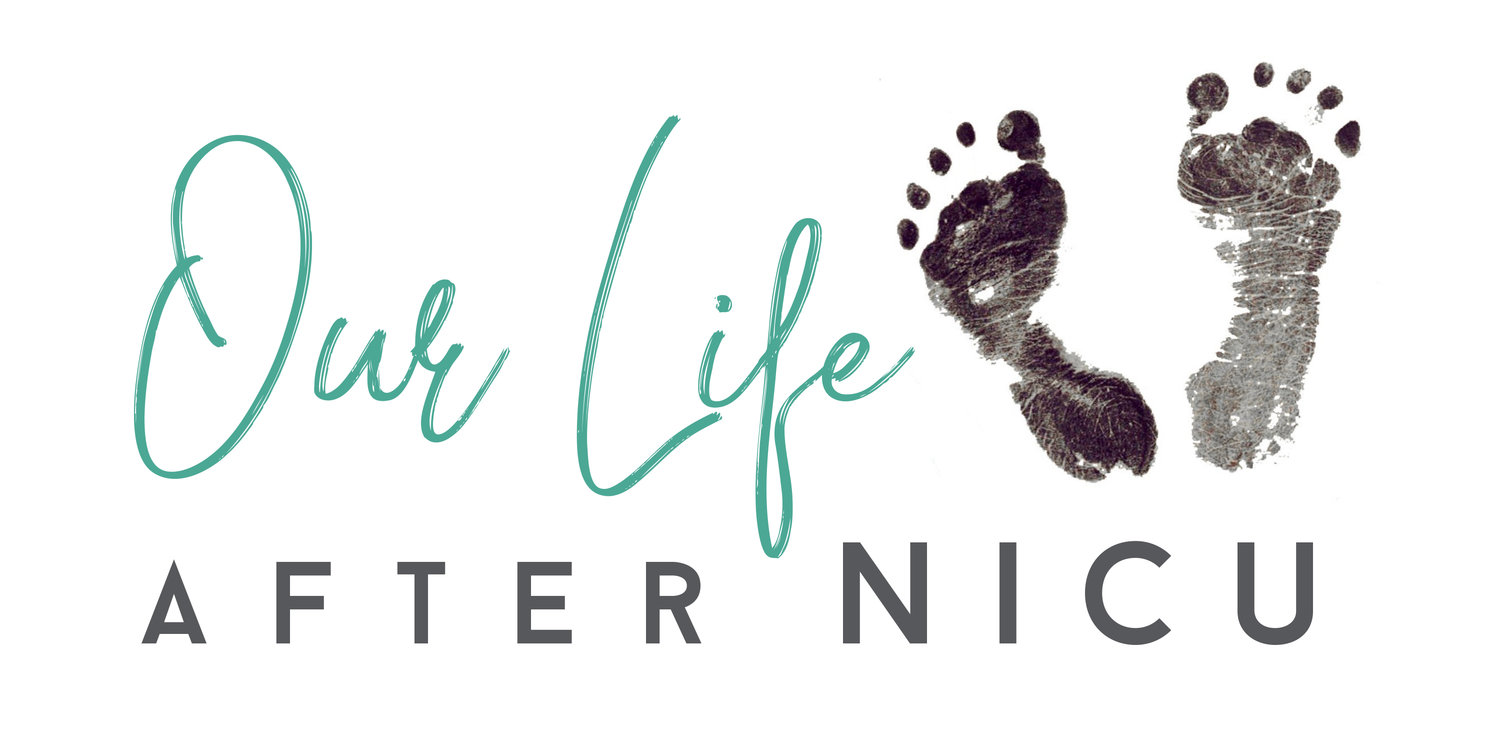As a mom of a child with a movement disorder, I am constantly searching for new therapies, devices, adaptive clothing, etc. to help Conner (and me) along the way. I am willing to try most anything before resorting to medication, botox, surgery, etc. This mindset is what brought me to compile a list of all of the therapies we have tried or hope to try in the near future. It can be exhausting traveling down rabbit holes on the Internet in search of interventions. My hope is that this list is solely to help parents, like me, seek out what they feel are the best options for their child(ren).
Intensive Therapy
This will forever be at the top of my list. I truly think that intensive style therapy combined with solid therapists is the key to progress. To find a list of intensive therapy clinics around the world, please click here. If you offer intensive therapy at your clinic and would like to be added to our list, please complete our form here. We continue to update this list as clinics request to be added.
Dynamic Movement Intervention (DMI Therapy)
What is DMI?
DMI is a comprehensive intervention that incorporates current research on neurorehabilitation, technologies, and methodologies. This therapeutic technique is used by physical and occupational therapists to treat children with gross motor impairments by improving and/or provoking a desired action with great emphasis on alignment, sensory integration, and function. The goal is to promote progress toward developmental milestones.
Who is DMI for?
Regardless of level of cognition and extent of neurological deficit or damage, affected children benefit from DMI motor intervention as it pertains to stimulating neuroplasticity in the developing brain.
Children diagnosed with any type of motor delay including conditions such as; Down Syndrome, Cerebral palsy, global developmental delay, hypotonia, chromosomal abnormalities/genetic disorders, spinal cord lesions or acquired brain injury may benefit from this form of therapy. Children at risk, such as those who are born prematurely can also benefit from this therapy due to the strong neuroplastic changes that this treatment stimulates within the developing brain.
What happens during DMI?
After a brief assessment, the therapist will identify areas of potential growth, which will guide treatment. The therapist will manipulate the child to encourage novel movements in a more typical pattern. Exercises are repeated until these movements become automatic, which results in improved balance and function. Exercises are conducted on a tabletop or the floor based on the child’s abilities. Exercises involve movement against gravity, progressively more challenging support, provocation of desired movements, postural and strength challenges.
DMI focuses on:
1. Gross motor skills – improving gross motor skills of children from birth.
2. Gradual progression – continuously increasing the challenge to encourage the child to respond with greater independence.
3. Alignment and Postural Control - all exercises focus on optimal alignment
4. Range of Motion - muscle and joint range of motion is achieved by movement (Dynamically).
5. Balance – improved balance is a common thread through most DMI exercises.
6. Functional movements – improving actions and skills that lead to attaining milestones such as rolling, sitting, standing, walking
Click here for a list of DMI trained practitioners.
Source: DMI Therapy
Tasks-Specific Electrical Stimulation (TASES)
Dynamic-task-specific approach to neuromuscular electrical stimulation (TASES) is evidence based, for children or adults with cerebral palsy. Electrical stimulation (ES) can activate muscles and provide sensory and motor input and awareness to the user. This increased muscle awareness and ability of the muscle to contract assists muscle and movement function. The child’s joint range of motion increases, the muscles become more active and benefit movement and function immediately as well as over time. The difficult part of using ES is deciding which muscles are needed. ES has many names, neuromuscular electrical stimulation (NMES), functional electrical stimulation (FES), and task specific electrical stimulation (TASES). All these methods want to improve muscle function, range of motion and muscle strength. ES is beneficial to improve muscle function in other conditions, besides cerebral palsy, if exercise is indicated and there is an intact nerve.
To learn more, visit Judy Carmick’s website or listen to her interview with Wired On Development Podcast
Source: Judy Carmick, MA, PT
Neurosuit
This sends strong messages to and from the brain and central nervous system bringing about an instantaneous increase in body awareness, which leads to improved motor planning. All the while the child has to work against the effects of the additional gravity from the weight-bearing component of the bungees. They build muscle at a faster pace and the skills they learn are amplified to the central nervous system. Performing specific exercises and functional activities while in the NeuroSuit results in improved motor skills, which carries over into the child’s daily life when they are not in the NeuroSuit.
NeuroSuit Therapy is suitable to treat the following:
Cerebral Palsy
Global Developmental Delays
Traumatic Brain Injury
Near Drowning Accidents
Post stroke (CVA)
Incomplete Spinal Cord Injury
Ataxia
Athetosis
Spasticity
Hypotonia
Parkinson Disease
Chromosomal Disorders
Autism Spectrum Disorder
Any neurological impairment that will not make the condition worse with exercise or additional weight bearing
Source: NAPA Center
Therasuit
Orthotic Undergarment
Universal Exercise Unit
Cuevas MEDEK Exercises (MEDEK/CME)
CME was created by Ramon Cuevas in Caracas, Venezuela between 1971 and 1973. MEDEK comes from the Spanish acronym that means dynamic method for motor stimulation.
Cuevas MEDEK Exercises (MEDEK/CME) is a form of physical therapy used to treat children with motor delay. Children whose birth history may place them at risk for motor delay (premature birth) or children diagnosed with down syndrome, cerebral palsy, global developmental delay, hypotonia, chromosomal abnormalities, spinal cord lesions or acquired brain injury may benefit from this form of therapy.
Conner started MEDEK/CME in May of 2018. We’ve seen really great improvements in his trunk control, confidence and overall desire to move. He is getting stronger each day, but we still have a long road ahead.

